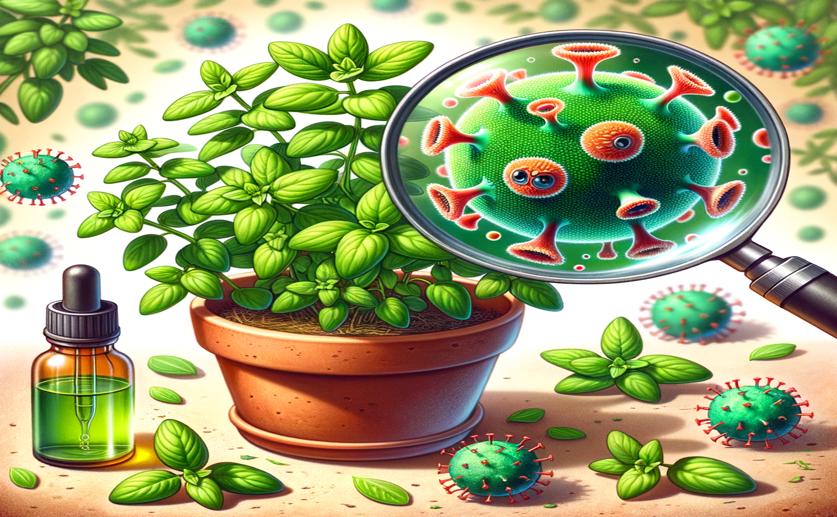
Oregano Essential Oil Fights Toxoplasma Infection and Promotes Cell Health
Jenn Hoskins
22nd May, 2024

Image Source: Natural Science News, 2024
Key Findings
- Researchers at the State University of Londrina, Brazil, found that oregano essential oil (OEO) is a promising alternative treatment for toxoplasmosis
- OEO showed low toxicity to human placental cells but significantly reduced the viability of T. gondii parasites
- OEO treatment decreased the intracellular proliferation of T. gondii by 84% and induced cellular stress and damage in the parasite
References
Main Study
1) Essential oil of oregano (Origanum vulgare L.) reduces infection and proliferation of Toxoplasma gondii in BeWo cells with induction of autophagy and death of tachyzoites through a mechanism similar to necrosis.
Published 22nd May, 2024
https://doi.org/10.1007/s00436-024-08231-z
Related Studies
2) Inorganic nanoparticles kill Toxoplasma gondii via changes in redox status and mitochondrial membrane potential.
3) Synergistic Antileishmanial Effect of Oregano Essential Oil and Silver Nanoparticles: Mechanisms of Action on Leishmania amazonensis.



 1st May, 2024 | Jim Crocker
1st May, 2024 | Jim Crocker